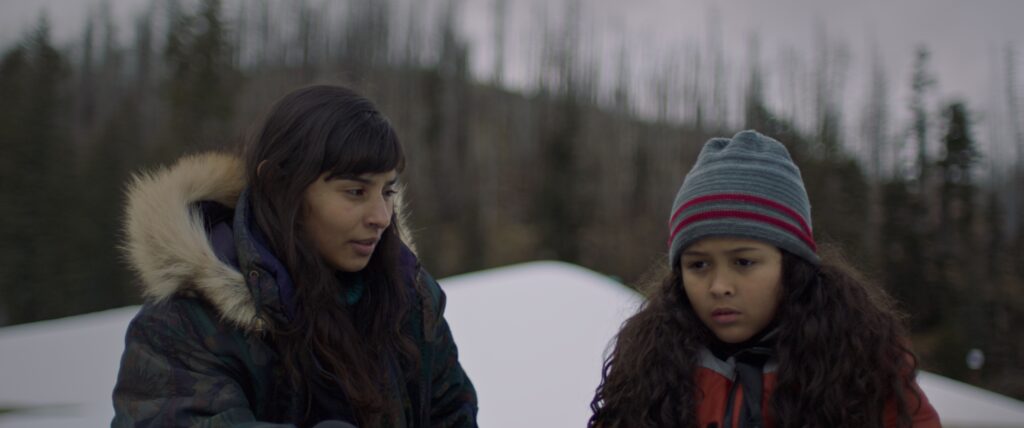Laura Santullo is a Uruguayan filmmaker and author based in Mexico. She is an internationally recognized for her work as a screenwriter, collaborating with film director and life-partner Rodrigo Plá. Santullo has written the screenplays for all four of Plá’s feature films adapted from her stories, including “A Monster With a Thousand Heads.” As a screenwriter, she has received several awards for her work, including three Arieles, an award given by the Academy of Cinematographic Arts and Sciences of Mexico, and the Best Screenplay Award at the Athens International Film Festival. She also holds nominations for Best Adapted Screenplay at the Goya Awards in Spain and the Fénix Awards in the category of Best Script.
“The Other Tom” will premiere at the 2021 Toronto International Film Festival on September 15. The fest is taking place September 9-18. The film is co-directed by Rodrigo Plá.
W&H: Describe the film for us in your own words.
LS: “The Other Tom” is a film about the special and unique dynamics of a struggling young, single parent family relying on social services, and the complexities they must endure.
W&H: What drew you to this story?
LS: What drew us to this story was the chance to explore the limits to what we consider “acceptable” and question what is considered normal child behavior in society.
W&H: What do you want people to think about after they watch the film?
LS: I would like viewers to think diversity, in every sense of the word, is part of the richness of humanity. And to look at the “other,” the different, not as a problem to be solved, but rather as individuals, all part of the same universe.
W&H: What was the biggest challenge in making the film?
LS: It took us a long time to figure out where the best location to shoot “The Other Tom” would be. El Paso and Ciudad Juarez were a great find that added an additional layer of meaning to the film. The idea of the border, the edge of what is not easily defined, is now a fundamental part of their landscape.
W&H: How did you get your film funded? Share some insights into how you got the film made.
LS: As a low budget indie film, we were fortunate to be selected and supported through public funding.
W&H: What inspired you to become a filmmaker?
LS: For me, telling stories forces me to stop and look at the world around me. I begin to question everything — asking why, how, and who — and then break it down, looking for answers and the possibilities. And it’s here where I like to stand and where I begin to write. Having written Rodrigo’s Plá’s previous features, it was both daunting and exhilarating to step in as a co-director and to have a hand in how this story is brought to life. It has been an experience that I will never forget.
W&H: What’s the best and worst advice you’ve received?
LS: The best advice I have received is that scripts can and do change many times, and that the movie is always under construction.
And the worst advice — I’m not sure. Maybe it’s because I didn’t like the advice or it didn’t work for me, so I just forgot about it.
W&H: What advice do you have for other women directors?
LS: To anyone who wants to lead, I would recommend surrounding yourself with creative and intelligent people to make up a team. Each person who joins the project leaves their mark — that is why you have to work with people that you admire and respect.
W&H: Name your favorite woman-directed film and why.
LS: I would say “Fish Tank” by Andrea Arnold, because of its delicate and profound portrayal of a disenchanted adolescence.
W&H: How are you adjusting to life during the COVID-19 pandemic? Are you keeping creative, and if so, how?
LS: At first it was difficult for me to concentrate, but little by little I have been returning to some regular activity. I was reading a lot at first, and now I can also finally write. There are still moments of anguish and when that happens I try to go for a walk in the park.
W&H: The film industry has a long history of underrepresenting people of color onscreen and behind the scenes and reinforcing — and creating — negative stereotypes. What actions do you think need to be taken to make it more inclusive?
LS: I think that cinema, and the arts in general, should always be kept very open and experiment without censorship. The only way to be inclusive is to explore the depths of all kinds of worlds and individual experiences. The sum of many bricks, of all colors and materials, builds a better home for everyone.







